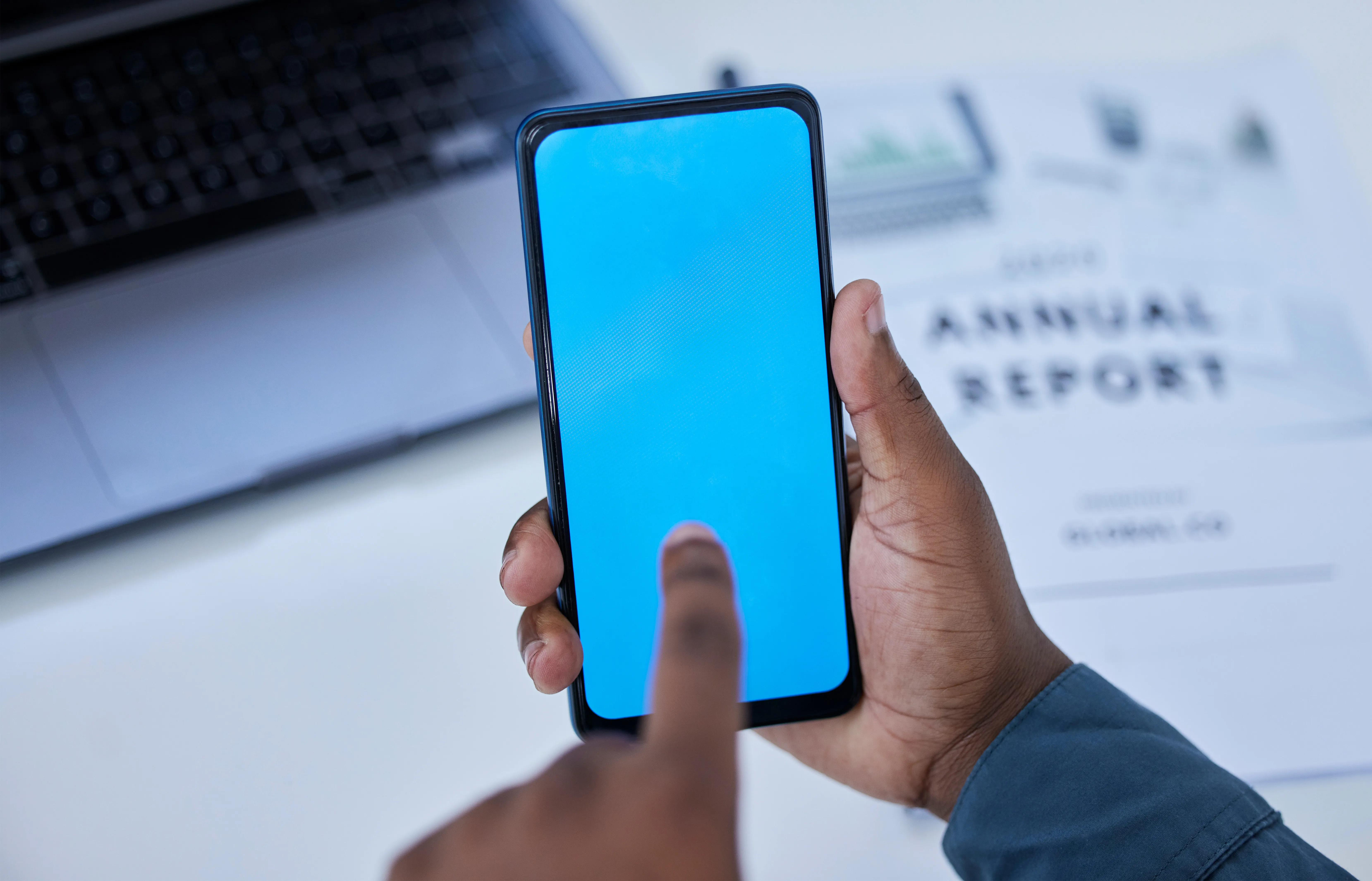A Google executive just confirmed what tech insiders have been whispering about for months: ChromeOS and Android are becoming one. During a recent interview, Google's Android Ecosystem President Sameer Samat dropped the bombshell: "We're going to be combining ChromeOS and Android into a single platform."
This isn't just corporate reshuffling — it's a fundamental shift that could reshape how we think about laptops, tablets, and the apps that run on them. But here's why the timing isn't as surprising as it might seem once you understand the strategic chess game Google's been playing.
The numbers reveal why Google's timing makes strategic sense. Android has grabbed 45% of the global tablet market while ChromeOS dominates education with 60% of all education-based device shipments in the U.S. But here's the crucial insight: these user bases barely overlap, creating a massive opportunity for unified growth that Google's been working on for roughly two years.
Why Google is making this move (and why now)
The writing has been on the wall since June 2024, when Google announced that ChromeOS would adopt "portions of the Android stack" to accelerate AI innovation. But this latest confirmation suggests they're going all-in on unification.
The driving force? Direct competition with Apple's iPad ecosystem. Sources tell Android Authority that Google wants future "Chromebooks" to ship with Android OS to better compete in the tablet space. It's a strategic countermove when you consider that Apple still dominates with 55% of the global tablet market despite Android's mobile dominance.
But here's where it gets interesting: this engineering consolidation creates a strategic advantage Apple lacks. While Apple maintains separate iOS and macOS development teams, Google's unified approach could enable breakthrough AI experiences that seamlessly span device types. The company has already proven this works with Project Floss, which replaced ChromeOS's Linux Bluetooth stack with Android's Fluoride stack, resulting in faster pairing and better reconnection rates.
This isn't just about efficiency — it's about accelerating AI innovation at the core of ChromeOS by not maintaining two separate codebases. Having tested both a Pixel Tablet and various Chromebooks over the past year, I can already see how this unified approach solves real workflow frustrations that currently exist between platforms.
What this means for your current devices
If you're using a Chromebook right now, don't panic. Google has repeatedly emphasized that these changes "won't be ready for consumers for quite some time" and that the transition will be seamless. The company promises to maintain ChromeOS's unmatched security, consistent look and feel, and extensive management capabilities.
But here's what's likely coming that goes beyond simple feature sharing: imagine your Chromebook running an enhanced version of Android that brings desktop mode for multi-window multitasking when connected to external displays. Google is already working on improved keyboard and mouse support, external monitor support, and multiple desktops for Android.
The real game-changer comes in workflow continuity. Picture starting a document on your Android phone during your commute, seamlessly transitioning to your Chromebook at the office, then finishing edits on your Android tablet at home — all with perfect synchronization and context awareness. This isn't just about accessing the same apps; it's about creating a computing experience where your work flows naturally between devices.
For Android tablet users, this transformation could be revolutionary. The unified platform would give you access to ChromeOS's superior desktop-class browsing and productivity features while maintaining Android's massive app ecosystem. Having used Android tablets for productivity work, the addition of ChromeOS's windowing system and keyboard shortcuts would eliminate many current limitations.
The bigger picture: What this means for competition
This merger isn't happening in a vacuum. Google's move comes as the DOJ's antitrust case argues that combining ChromeOS and Android would give Google unprecedented control over hardware markets and app distribution. The timing is either incredibly bold or incredibly risky, depending on your perspective.
But from a user standpoint, the benefits cascade beyond individual devices. A unified platform means more apps will be available for Android as there will be more users to target. Developers wouldn't need to optimize for two different Google platforms — they could focus on one robust ecosystem that spans phones, tablets, and laptops.
These developer efficiencies become particularly crucial in education, where Google's regulatory challenges intersect with practical deployment needs. With ChromeOS already accounting for 60% of education device shipments, bringing Android's app ecosystem to schools could dramatically expand classroom computing possibilities. However, this also raises new questions about how Android would be handled in educational settings given different privacy and security considerations that schools must navigate.
The unified platform could streamline educational app development while requiring careful attention to data privacy policies that currently differ between ChromeOS and Android deployments in schools.
Where do we go from here?
The reality is that this merger will take years to fully materialize, but the groundwork suggests Google is more committed than their previous experimental attempts. Unlike past projects like Andromeda or Fuchsia, this initiative has a clear business imperative and existing technical foundation.
Google's multi-year project timeline aligns with their hardware ambitions. We might see the first Quarterly Platform Release of Android 16 add desktop mode features, but the complete unified experience is still down the road. More intriguingly, rumors of a Pixel Laptop internally codenamed 'Snowy' suggest Google plans to showcase this unified OS on their own hardware.
The company has already demonstrated that ChromeOS can run in a virtual machine on Android devices, proving technical feasibility. But the real execution challenge lies in maintaining the distinct advantages of each platform while creating something genuinely better than the sum of its parts.
Unlike Google's previous experimental forays, this merger addresses specific market pressures: Apple's ecosystem integration, developer fragmentation, and the growing demand for seamless cross-device experiences. The question isn't whether this merger will happen, but how successfully Google can execute it without disrupting the millions of users who rely on ChromeOS for work, school, and daily computing.
PRO TIP: If you're heavily invested in either ChromeOS or Android workflows, now's a good time to document your current setup and pain points. The unified platform will likely solve some issues while potentially creating new ones during the transition period.
If Google pulls this off, we might finally have a unified ecosystem that can truly compete with Apple's integrated approach — one that maintains Android's openness while delivering ChromeOS's productivity focus. The stakes couldn't be higher, and the execution will determine whether this becomes Google's most successful platform consolidation or another ambitious project that falls short of its promise.








Comments
Be the first, drop a comment!